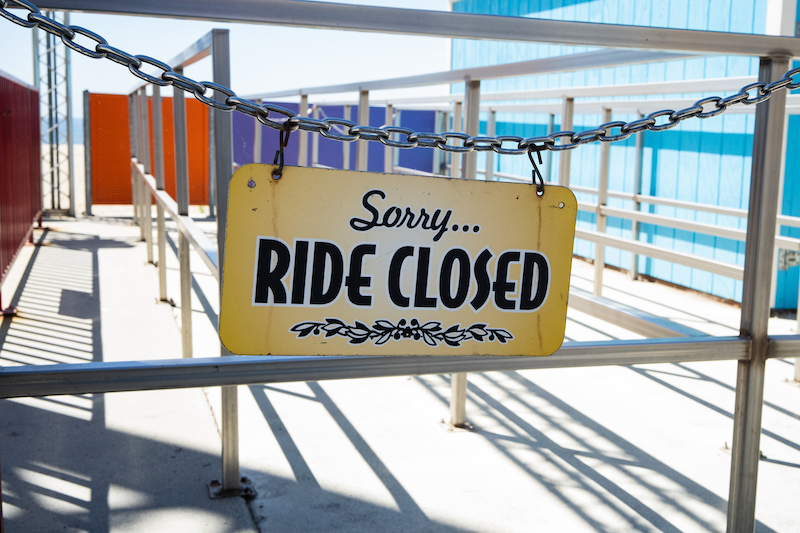The damaging effects of issue contagion
January 2022: Tony Jaques explains how a school tragedy that occurred in Tasmania and a water-ride disaster in Queensland demonstrate ‘issue contagion’ – the rapid spread of a crisis throughout organisations

When a gust of wind lifted a jumping castle (also known as a bouncy castle) in the air on December 16, 2021 and five children fell to their death, with another child dying in hospital from his injuries, a chain-reaction of events was triggered. Other suppliers of such inflatable equipment to special events immediately shut down, and the Tasmanian Government banned jumping castles from all school end-of-year celebrations.
That’s the impact of issue contagion, which represents a significant risk for organisations of all types. It occurs when an incident or crisis at one location spreads to other brands or organisations, sometimes for no logical reason other than perceived risk and loss of consumer confidence, often driven by media speculation and social media commentary.
Another high-profile example of issue contagion that involved a tragic accident was the Thunder River water-ride disaster at Dreamworld in Queensland in 2016, in which four people died. Although the accident was eventually shown to be caused by inadequate training and maintenance at Dreamworld, the issue immediately spread to nearby theme-park rival Village Roadshow, where ticket sales began to fall.
Announcing a subsequent 26 per cent drop in first-half earnings across Village Roadshow’s Gold Coast theme park portfolio, CEO Graham Burke told investors the Dreamworld accident really hurt sales: "It just spooked mums, and mums were nervous about putting their children on rides.”
A classic case of such issue contagion spooking consumers of other brands – sometimes called the spill-over effect – was evident in the wake of the notorious Toyota 'sudden acceleration' recall in 2009-2010. While there was a predictable (though short-lived) fall in Toyota sales and the company’s share price, less predictable was the fall in sales of other Japanese car brands not associated with Toyota.
There are also cases of issue contagion that see not only the spread of perceived risk, but also the spread of actual risk. While such cases are rare, the most significant of them all must be the notorious needles-in-strawberries crisis which originated in Queensland in late 2018.
It began with a single individual on just one farm who allegedly inserted needles into some strawberries. The scare rapidly spread across the whole country, with strawberries being removed from supermarket shelves and official warnings to cut fruit before eating. The market collapsed and tons of fruit were dumped, with financial losses estimated at $160 million.
According to police, 230 needle contamination incidents – affecting 68 strawberry brands – were ultimately reported nationwide, many of them believed to have been planted by copycats or hoaxers. Suspicion also spread to other fruit, with needles and assorted metal reportedly found in apples and bananas.
The Federal Government announced new laws to increase jail time for food contamination, and one major supermarket chain even temporarily pulled sewing needles from sale at all of its stores as a precautionary measure.
The panic eventually died down after a former supervisor at the original farm was arrested (though all charges were dropped in July 2021).
While issue contagion is very real, companies can reduce the risk. First, by preparing properly for all your ‘natural’ crises – the identified crisis risks particular to your specific industry. Second, by studying and simulating crises endured by similar organisations. It’s very easy to say: “Thank goodness it didn’t happen to us,” and move on. But the real response should be: “Could it spread to us?” and “How well prepared are we to manage such a crisis?”
Meanwhile, the coroner has yet to determine the precise cause of the jumping castle tragedy in Tasmania. But in some ways that is almost irrelevant from a public perspective. Because – as so often happens with issue contagion and perceived crisis risk – the damage to consumer confidence and the wider industry has already been done.
Tony Jaques is an expert on issue and crisis management and risk communication. He is CEO of Melbourne-based consultancy Issue Outcomes and his latest book is Crisis Counsel: Navigating Legal and Communication Conflict.
Image: Renee/Adobe Stock